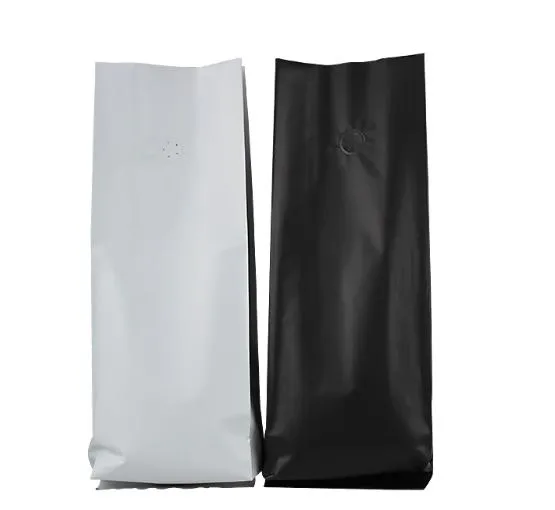Email: enid@bc-pak.com
Tel: 86-757- 88811186
- Afrikaans
- Albanian
- Amharic
- Arabic
- Armenian
- Azerbaijani
- Basque
- Belarusian
- Bengali
- Bosnian
- Bulgarian
- Catalan
- Cebuano
- chinese_simplified
- chinese_traditional
- Corsican
- Croatian
- Czech
- Danish
- Dutch
- English
- Esperanto
- Estonian
- Finnish
- French
- Frisian
- Galician
- Georgian
- German
- Greek
- Gujarati
- haitian_creole
- hausa
- hawaiian
- Hebrew
- Hindi
- Miao
- Hungarian
- Icelandic
- igbo
- Indonesian
- irish
- Italian
- Japanese
- Javanese
- Kannada
- kazakh
- Khmer
- Rwandese
- Korean
- Kurdish
- Kyrgyz
- Lao
- Latin
- Latvian
- Lithuanian
- Luxembourgish
- Macedonian
- Malgashi
- Malay
- Malayalam
- Maltese
- Maori
- Marathi
- Mongolian
- Myanmar
- Nepali
- Norwegian
- Norwegian
- Occitan
- Pashto
- Persian
- Polish
- Portuguese
- Punjabi
- Romanian
- Russian
- Samoan
- scottish-gaelic
- Serbian
- Sesotho
- Shona
- Sindhi
- Sinhala
- Slovak
- Slovenian
- Somali
- Spanish
- Sundanese
- Swahili
- Swedish
- Tagalog
- Tajik
- Tamil
- Tatar
- Telugu
- Thai
- Turkish
- Turkmen
- Ukrainian
- Urdu
- Uighur
- Uzbek
- Vietnamese
- Welsh
- Bantu
- Yiddish
- Yoruba
- Zulu
how do you measure the thickness of paper
Views :
Update time : Feb . 18, 2025 05:08
Measuring the thickness of paper is a crucial process in various industries such as printing, packaging, and manufacturing. Whether you're a business owner or a hobbyist, understanding how to accurately measure paper thickness ensures quality and consistency in your products. Below is a comprehensive guide that covers all you need to know about measuring the thickness of paper.
In print shops, ensuring the correct paper thickness influences vital aspects like ink absorption and color consistency. I remember an instance where altering paper thickness by just a few micrometers helped achieve the desired print quality, saving time and resources. Similarly, packaging industries rely heavily on precise thickness measurements to maintain box integrity while optimizing material usage. Challenges and Solutions One of the common challenges is dealing with coated papers, which can yield inaccurate readings due to their slippery surface. In such cases, using a micrometer with a larger-contact area ensures better grip and accurate measurements. Another issue arises with paper stacks. Instead of measuring a single sheet, accurately stack 10 sheets, measure the total thickness, and divide by 10 for better average results. Expert and Authoritative Insights Consulting experienced professionals in the paper and printing industries provides invaluable insights into the nuances of paper thickness measurement. Industry standards, such as ISO 534, offer guidelines on test methods to determine the thickness of paper and board. Regular training and keeping abreast of technological advancements, such as utilizing laser-based thickness gauges, enhance measurement accuracy. Trust and Verifiability in Measurement The credibility of your measurements can be bolstered by using certified tools and adhering to international standards. Ensuring your instruments are regularly calibrated by recognized bodies adds to your trustworthiness. Keeping a log of measurements and calibration status is a proof of reliability and precision within your operational processes. Conclusion Accurately measuring paper thickness is essential for maintaining high standards in production and quality control. By understanding the nuances of measurement tools and procedures, coupled with practical insights and expert knowledge, businesses and individuals can ensure their products meet the desired specifications and performance benchmarks. Continuously updating measurement techniques and tools guarantees not only quality assurance but also a competitive edge in markets where precision and consistency matter most.


In print shops, ensuring the correct paper thickness influences vital aspects like ink absorption and color consistency. I remember an instance where altering paper thickness by just a few micrometers helped achieve the desired print quality, saving time and resources. Similarly, packaging industries rely heavily on precise thickness measurements to maintain box integrity while optimizing material usage. Challenges and Solutions One of the common challenges is dealing with coated papers, which can yield inaccurate readings due to their slippery surface. In such cases, using a micrometer with a larger-contact area ensures better grip and accurate measurements. Another issue arises with paper stacks. Instead of measuring a single sheet, accurately stack 10 sheets, measure the total thickness, and divide by 10 for better average results. Expert and Authoritative Insights Consulting experienced professionals in the paper and printing industries provides invaluable insights into the nuances of paper thickness measurement. Industry standards, such as ISO 534, offer guidelines on test methods to determine the thickness of paper and board. Regular training and keeping abreast of technological advancements, such as utilizing laser-based thickness gauges, enhance measurement accuracy. Trust and Verifiability in Measurement The credibility of your measurements can be bolstered by using certified tools and adhering to international standards. Ensuring your instruments are regularly calibrated by recognized bodies adds to your trustworthiness. Keeping a log of measurements and calibration status is a proof of reliability and precision within your operational processes. Conclusion Accurately measuring paper thickness is essential for maintaining high standards in production and quality control. By understanding the nuances of measurement tools and procedures, coupled with practical insights and expert knowledge, businesses and individuals can ensure their products meet the desired specifications and performance benchmarks. Continuously updating measurement techniques and tools guarantees not only quality assurance but also a competitive edge in markets where precision and consistency matter most.
Recommend products
Read More >>
Related News
Read More >>













